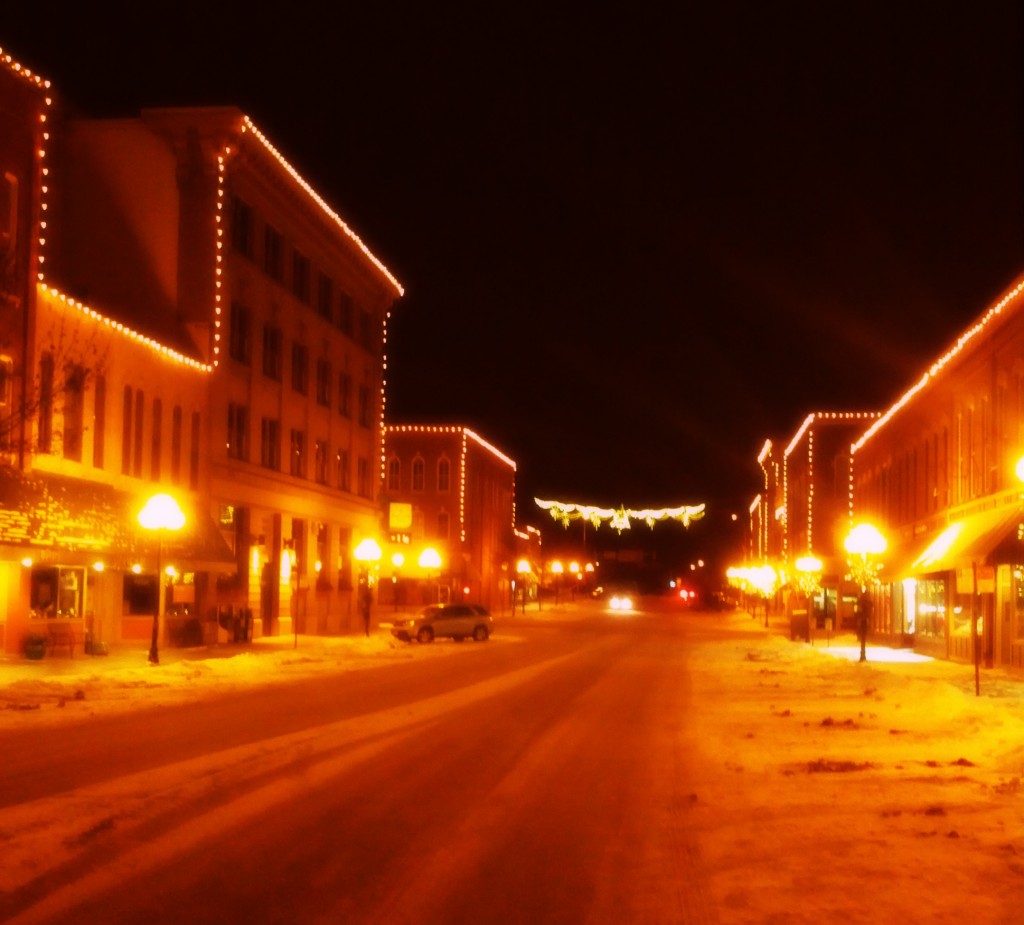Roald Dahl, Revision, and Vanilla Fudge
September 8, 2014 Tags: Charlie and the Chocolate Factory, Events, First drafts, Revision, Roald DahlEvent news/reminder: One week from tomorrow (in other words, on Tuesday, September 16th) I’ll be at the public library in New Ulm, MN at 6:00 p.m. to read, talk about The Books of Elsewhere, and answer questions. Books will be available for sale, and I’ll happily sign anything readers buy or bring.
On to the actual blog.
Last month, the Guardian featured this: A Previously Unpublished Chapter of Charlie and the Chocolate Factory
Roald Dahl is one of the reasons that I write for young readers. I had coincidentally just finished rereading Charlie and the Chocolate Factory when my husband sent me this link, and I’m approximately halfway through the first draft of a new middle grade novel of my own. Reading this was just what I needed, and not just because the chapter is full of fudge. It was what I needed because the chapter isn’t “previously unpublished” in the way of those “bonus scenes” that appear on DVD menus — like something finished and polished and fully-formed but that just didn’t make the final cut. It’s from an early draft. Maybe even the very first draft.
And the final draft is so DIFFERENT.
– First of all, the Vanilla Fudge Room doesn’t even get a whole chapter in the final book. It’s cut/combined with another room in the factory where there is indeed a fudge mountain, and pickaxe-wielding Oompa-Loompas are scaling it.
– Second, the chapter starts out by telling us about ‘the remaining eight children,’ when anybody who’s read the book or seen the movie knows that there are only five golden ticket-winning kids to begin with. Who are these Wilbur Rice and Tommy Troutbeck anyway, and what is up with their boring names? (Also, Augustus Pottle eventually became Augustus Gloop, which is a really good thing.)
– In this draft, it’s Charlie’s mother who accompanies him on the factory tour, not scrawny, elderly, adorable Grandpa Joe.
– THERE ARE NO OOMPA LOOMPAS. The factory workers are just ‘men.’ And they don’t chant any long and scathing rhymes about the children’s flaws. All we get is one measly couplet.
– Then there’s the writing itself. It doesn’t read or sound or feel like Roald Dahl yet. It’s a little…well…bare-bones and bland.
This chapter is proof that all of the Dahl-ian magic–the vivid names, the wordplay, the oddity, the tone–came later. Maybe in the second draft. Or the fifth draft. Or the thirty-third.
At school visits and writing workshops, I try to emphasize the importance of revision. That revision isn’t just about misspellings and grammar mistakes and word choice and sentence structure, or any of those little tweaks that happen at sentence level. That it’s the magic that happens between the first draft and the final one. I explain that, in fact, your very first draft might seem to you like a pile of flaming poo (although I usually don’t use those words). I say that every writer I know of is or was unsatisfied with their first drafts, and that even great writers make massive changes in plot, characterization, style, you name it, between the very first version and the final one. Even though I’ve repeated these ideas to other people hundreds of times, I sometimes need to be reminded of them myself. Especially when I’m halfway through another flaming pile of a first draft.










